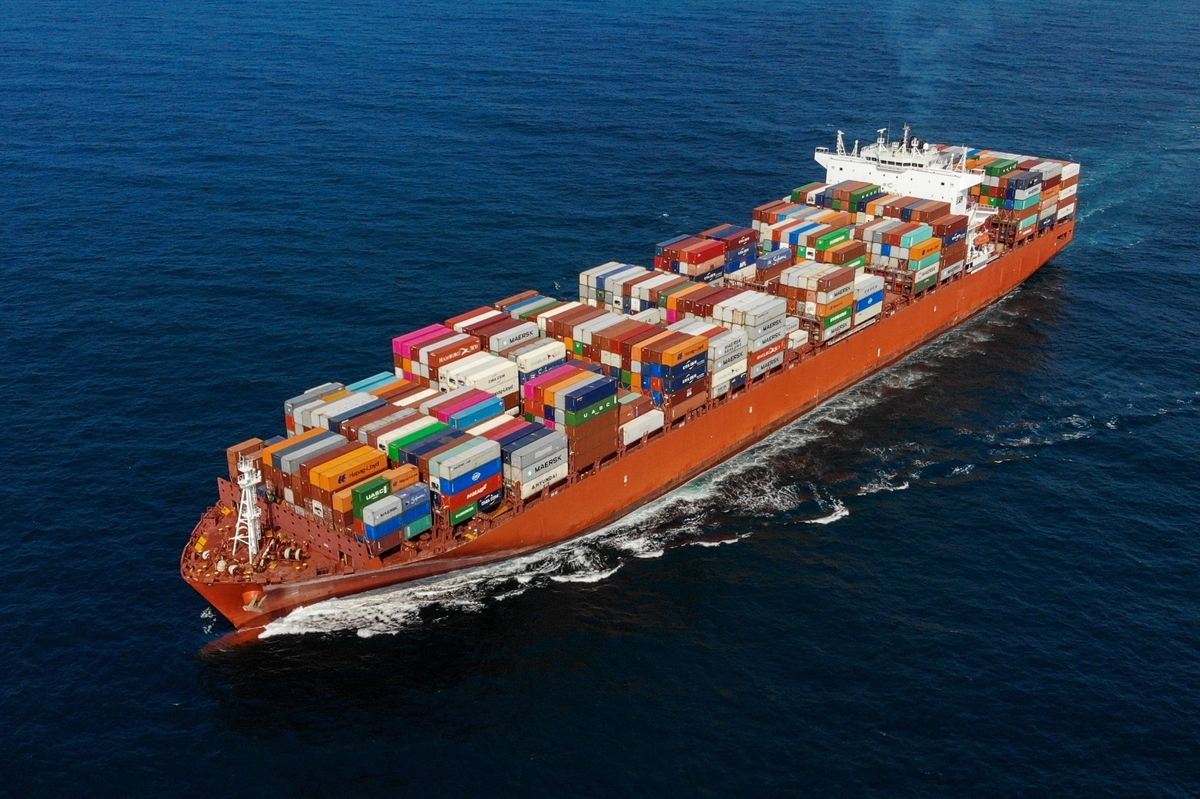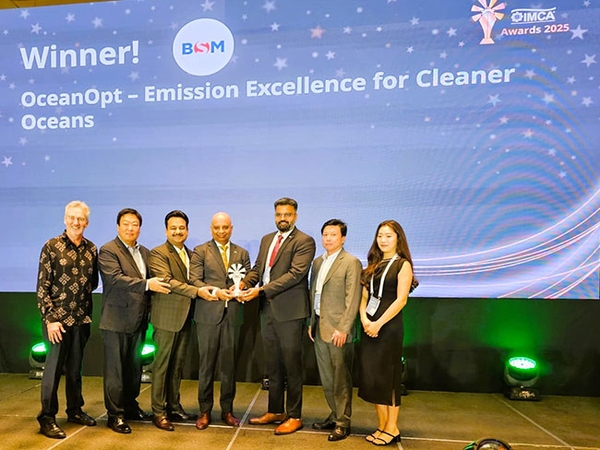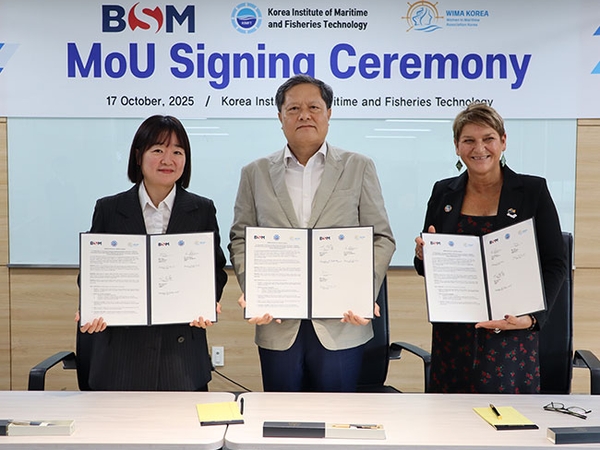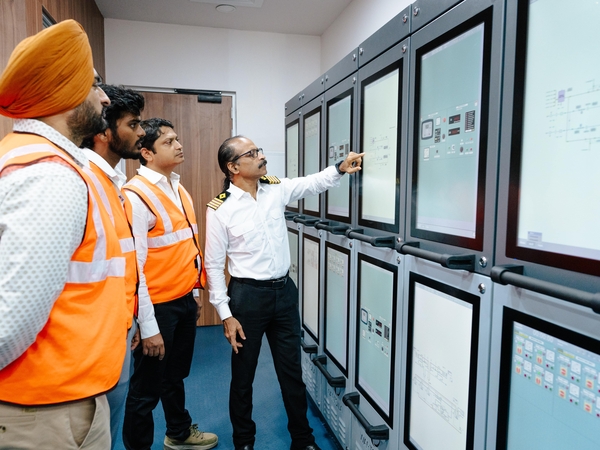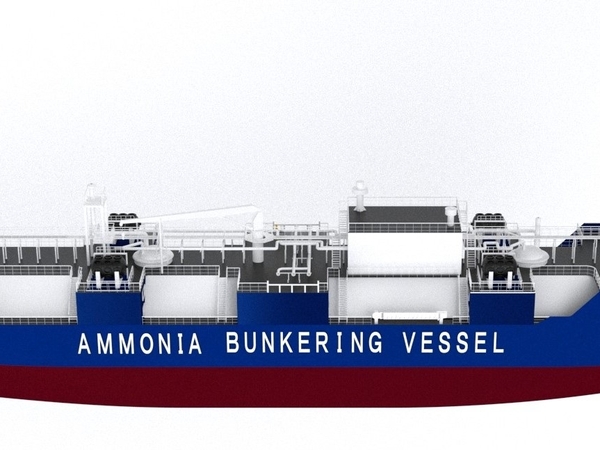Hull maintenance management
The most proactive and suitable way is to regularly monitor vessels hull performance with help of digitization and digitalisation, which helps in more accurate prediction of hull fouling and thus timely hull maintenance decisions can be taken to reduce fuel consumption which in effect reduces the carbon emissions. Through the utilization of our PAL tools for performance monitoring and analysis, we can inspect and, if necessary, undertake cleaning of the hull, propeller, rudder, sea-chest, and appendages. Undue cleaning can affect the well painted surface adversely. Undue cleaning can affect the well painted surface adversely.
Planned maintenance and hull cleaning
The most fundamental measure of hull roughness management is through the Planned Maintenance System (PMS). Hull maintenance includes a complete survey of the hull in dry dock twice in 5 years. Such dry-docking maintenance allows the inspection, repair, and cleaning of the underwater hull, which is not accessible during ship’s operations.
Hull cleaning is necessary in mitigating hull’s biological roughness. Proper cleaning of light slime can reduce fuel consumptions by 5% to 10%, while heavy slime cleaning reduces that up to close to 20%. Removal of macro fouling caused by barnacles can account for significant fuel savings of up to 30%.
Time-based maintenance is insufficient given the impact hull roughness has on dynamic CII ratings. It is prudent to continuously monitor ship performance with the help of data intelligence, hence condition-based maintenance is preferred. This involves sensor data, which is processed to provide a stream of normalized data, on which machine learning models provide necessary feedback. Based on this machine learning outcome, we have developed tools with predictive and forecasting ability which is the founding stone for developing our AI capabilities in future.
Performance-based systems track change in fuel consumption levels and main engine power through data collection to identify degrading hull conditions and timely maintenance. Consider the following when undertaking hull maintenance:
- Data such as 24/7 voyage data monitoring and analysis
- Current (voyage wise) and forecasted CII rating
- Last drydock
- Cost-effectiveness and potential savings
This system of monitoring allows effective evaluations to achieve continuous improvement.
Through such measures, operators can proactively manage structural defects and anomalies early to mitigate risks and avoid more costly repairs. These fuel savings satisfy decarbonization objectives and help in improving CII ratings.
Anti-fouling paint
Applying a coat of antifouling paint is another approach in preventing hull fouling and preserving its smoothness. At present, many environmentally friendly products such as low friction coatings and metal-free antifouling coatings are available. These high-quality paints keep the hull polished with minimum fouling for a longer period.
An alternative type of coating using silicone or fluoro-silicon base is also available. These paints utilise nonstick properties to mitigate adhesion of bio-organisms through its extremely smooth surface, shedding any micro and macro growth during the ship’s motion.
However, the degree of fouling reduction will vary with trading pattern and operational profiles, regardless of the coating type used. It is important to ensure regular maintenance and repainting of these coatings due to damage and deterioration over time.
